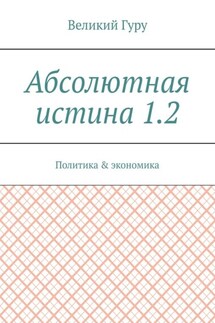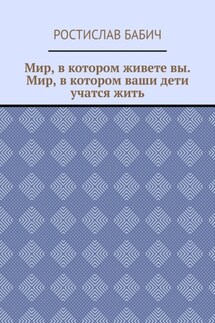Размышления женщины о геополитике - страница 20
However, it was not until the late 1990s that world powers had begun their first coordinated attack on offshore shell games.
Notably, first measures to prevent harmful tax competition from the part of low tax jurisdictions were undertaken by the European authorities. On 1 December 1997, the EU Council of Economics and Finance Ministers (ECOFIN) adopted the Code of Conduct for business taxation. The Code is the EU’s main tool for ensuring fair tax competition in the area of business taxation. It sets out clear criteria for assessing whether or not a tax regime can be considered harmful. All Member States have committed to adhering to the principles of the Code. The Code of Conduct requires Member States to refrain from introducing any new harmful tax measures («standstill») and amend any laws or practices that are deemed to be harmful in respect of the principles of the Code («rollback»). The Code covers tax measures (legislative, regulatory and administrative) which have, or may have, a significant impact on location of business in the EU.
The criteria for identifying potentially harmful measures include:
– an effective level of taxation which is significantly lower than the general level of taxation in the country concerned;
– tax benefits reserved for non-residents;
– tax incentives for activities which are isolated from the domestic economy and therefore have no impact on the national tax base;
– granting of tax advantages even in the absence of any real economic activity;
– the basis of profit determination for companies in a multinational group departs from internationally accepted rules, in particular those approved by the OECD;
– lack of transparency52.
In 1998, the OECD published the report «Harmful Tax Competition: An Emerging Global Issue». The report distinguishes between preferential tax regimes and harmful tax competition. Preferential regimes «generally provide a favourable location for holding passive investments or for booking paper profits. In many cases, the regime may have been designed specifically to act as a conduit for routing capital flows across borders. These regimes may be found in the general tax code or in administrative practices, or they may have been established by special tax and non-tax legislation outside the framework of the general tax system». Further on, the OECD defines «four key factors assist in identifying harmful preferential tax regimes:
(a) the regime imposes a low or zero effective tax rate on the relevant income;
(b) the regime is «ring-fenced»;
(c) the operation of the regime is nontransparent;
(d) the jurisdiction operating the regime does not effectively exchange information with other countries»53.
The Report contains guidelines for dealing with harmful preferential tax regimes in member countries, similar to those of EU’s Code of Conduct, including:
1. To refrain from adopting new measures, or extending the scope of, or strengthening existing measures, in the form of legislative provisions or administrative practices related to taxation, that constitute harmful tax practices;







